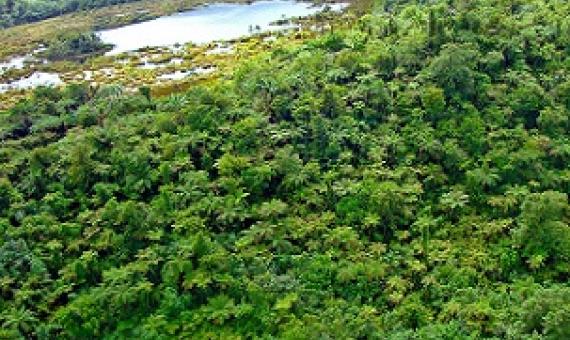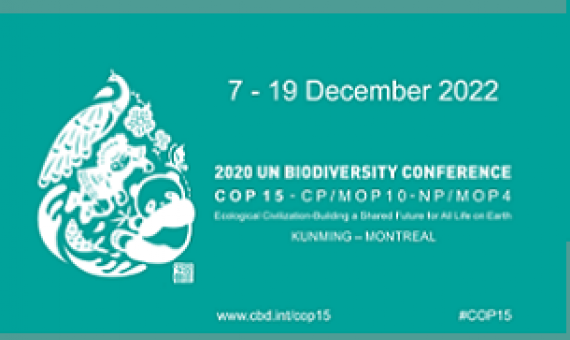The Kunming-Montreal Global Biodiversity Framework: Business as usual or a turning point?
The Kunming-Montreal Global Biodiversity Framework (GBF)1 was adopted during the 15th Conference of Parties (COP15) of the UN Convention on Biological Diversity (CBD) at 3:30 a.m. on the morning of December 19, 2022, against a backdrop of protests by African countries. This mirrored the fractious context of conservation over the last century and recent decades, and the 3.5 years of negotiation of the GBF leading up to COP15.





